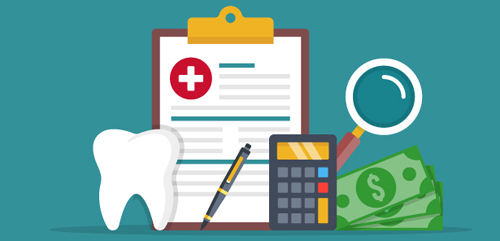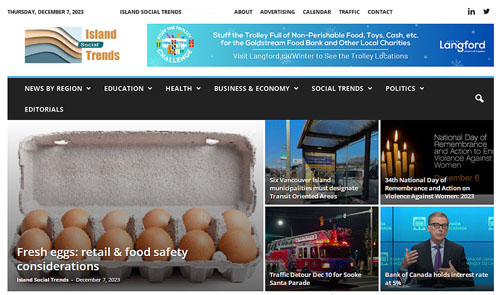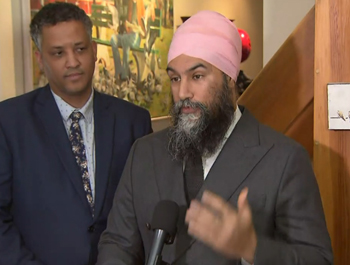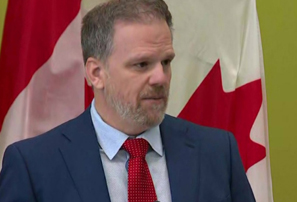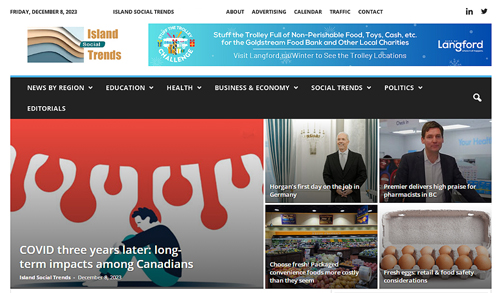Monday December 11, 2023 | VICTORIA, BC
Political analysis by Mary P Brooke | Island Social Trends
This is a health-care win for people across Canada, as a result of a win achieved through politics.
A phased-in approach of a new federal Canada Dental Benefit will cover all Canadians from age 12+ where the household income is under $90,000. Applicants cannot be covered by a private dental plan.
Timeline for applications:
The phased-in application timeline is to achieve manageability of the administrative load for government and providers.
People age 70+ will receive a letter by March 2024 with instructions on how to apply. (Seniors over the age of 87 will be the first cohort to be able to apply.)
- Applications for the dental plan will first open for seniors age 87 and up starting in December 2023, expanding in phases by age group. People in this age bracket who may be eligible will receive a letter inviting them to apply, according to the federal government’s announcement.
- Starting January 2024, seniors age 77 to 86 can apply. Starting in February 2024, seniors age 72 to 76 can apply. Starting in March 2024, seniors age 70 to 71 can apply.
- Seniors age 65 to 69 can start applying in May 2024.
Adults with a valid Disability Tax Credit certificate and children under 18 can apply starting in June 2024.
Through their parents or guardians, children under age 12 have already been covered under previous legislation which came into effect in December last year. Maximum of two payments per child.
Payments by CRA:
Applicants must be Canadian residents for tax purposes.
There is no discount at the time of the dental appointment. Benefit payments are administered by the Canada Revenue Agency (CRA).
This still requires some financial flexibility on the part of applicants, to carry the cost of dental work until CRA can process the applications.
However, those with an annual family income under $70,000 will have no co-pays (i.e. amounts paid by the recipient at time-of-service).
Eligibility for people with disabilities will be based on whether they have an active disability tax credit, at least until the program is expanded to all people who fall under the income threshold.
What’s covered:
Coverage will include preventive, diagnostic, restorative and surgical services — including X-rays, fillings, root canal treatments and dentures, among other things.
“With our new Canadian Dental Care Plan, we’re making dental care more affordable and accessible for up to nine million Canadians who don’t have insurance,” posted Prime Minister Justin Trudeau in social media today.
Sun Life Insurance will administer the program.
Political plus for NDP:
The Liberal minority government has required the support of NDP MPs to pass the new dental plan legislation. The initiative in bringing forward the dental plan legislation came from the NDP.
It’s a shining example of how minority governments can produce positive change for Canadians.
Political shift:
Once eligibility is expanded to all qualifying Canadian residents in 2025, it will be the government’s largest social program, at an estimated cost of $13 billion over five years starting 2023-2024 and $4.4 billion per year ongoing.
“This is a proud moment, I think for all Canadians, in expanding what is the definition of health care in Canada,” said Health Minister Mark Holland. He called the program “transformative for our country.” In Question Period in the House of Commons today, Holland called this “an historic day” for Canadians.
The insurance plan is a key pillar in the Supply and Confidence Agreement between the NDP and the Liberals by which the Liberals rely on NDP votes in order to achieve opposition party support on key votes.
Not only is public health care a significant plank of Canadian society, it is now edging it way into an even larger part of the annual federal budget. The tax load for Canadians is shifting more toward what is seen in Scandinavian countries — where taxes are higher but services are dispersed more broadly for all.
Affordability and poverty reduction:
The new dental program can arguably be called a poverty reduction issue as it makes life more affordable for many Canadians.
Getting around the provinces:
In Canada the responsibility for heath-care delivery rests with provinces. This federal dental plan offers a step forward for Canadians in a way that has circumvented the need to get the premiers of all provinces and territories all on the same page at the same time.
This is a political win for the political power of the Canadian federation.
Next federal election:
The next federal election is scheduled for October 20, 2025 but could come sooner if circumstances find the NDP not in support of the Liberal minority government.
The Liberals under Prime Minister Justin Trudeau are likely to find themselves with a bit of jet-fuel for their popularity this winter, if they effectively deliver the news of the dental plan socioeconomic benefits.
After a lot of work to bring forward the dental plan, the NDP might benefit in future election seat count if they can capitalize on the positive aspects of this current political win that they’ve achieved for Canadians.
People inside the political system will understand the work it has taken to achieve the dental plan. But as often happens, the communications team falls short in developing a strong public marketing strategy by which to capitalize on it for political gain.
===== NEWS SECTIONS:


